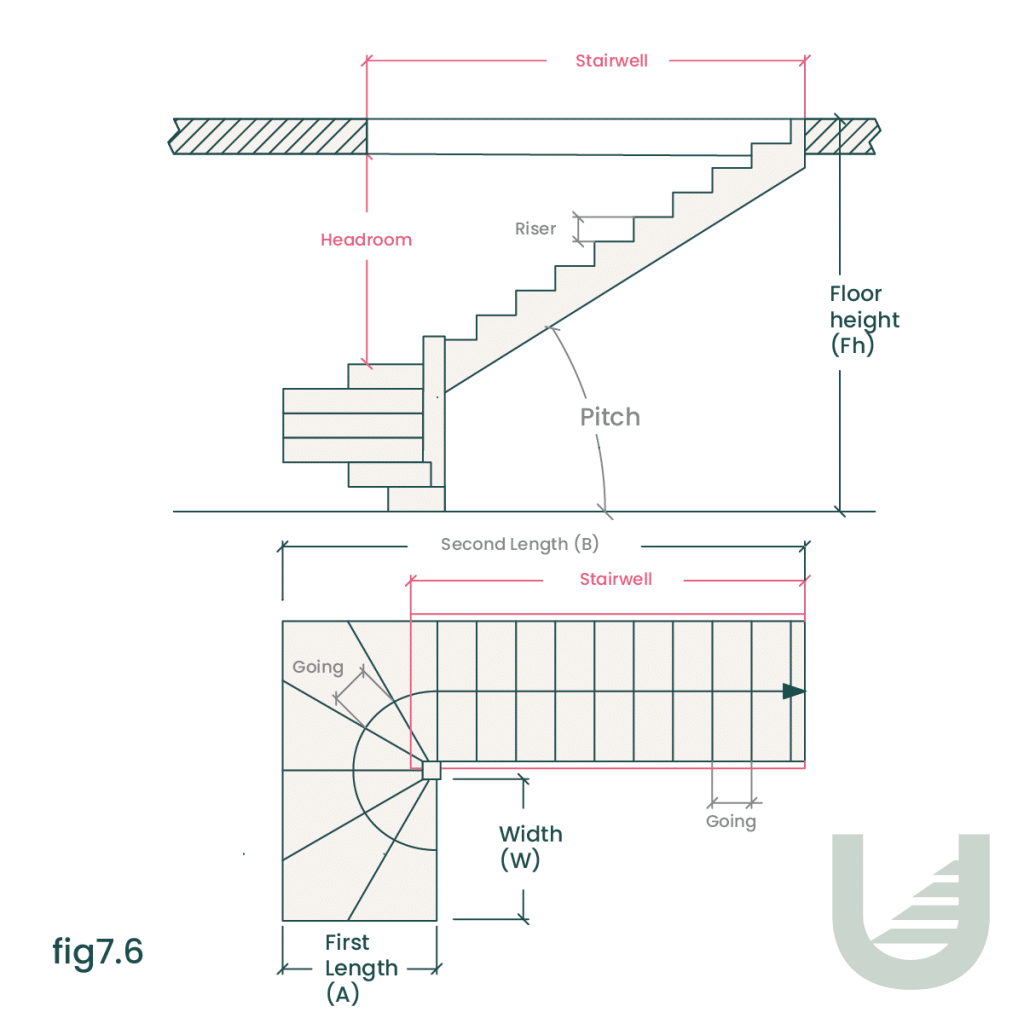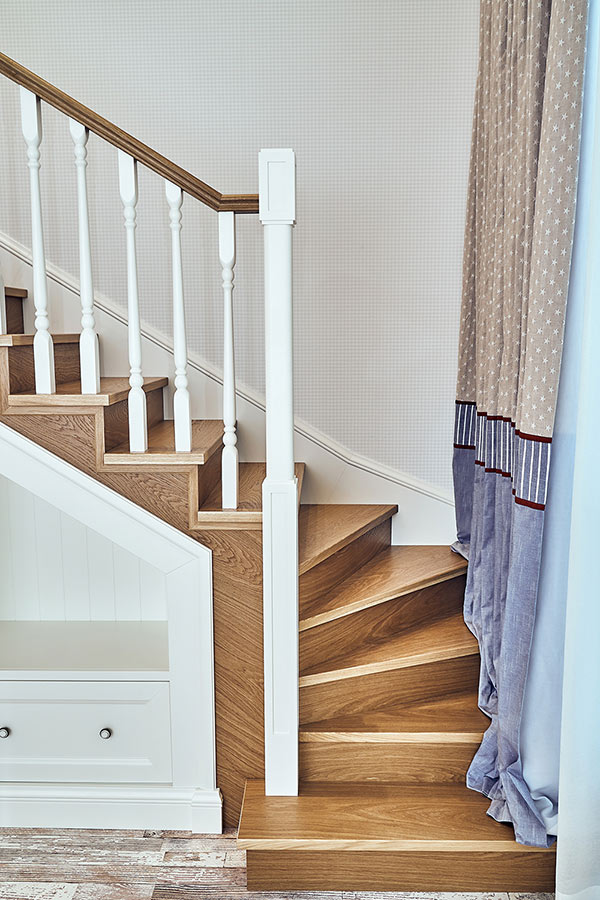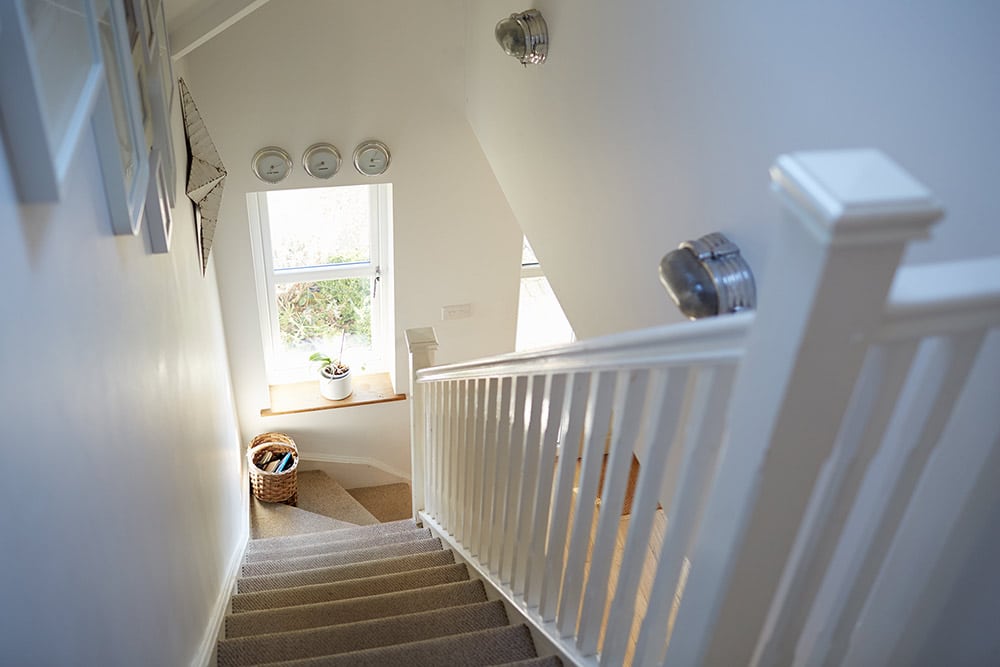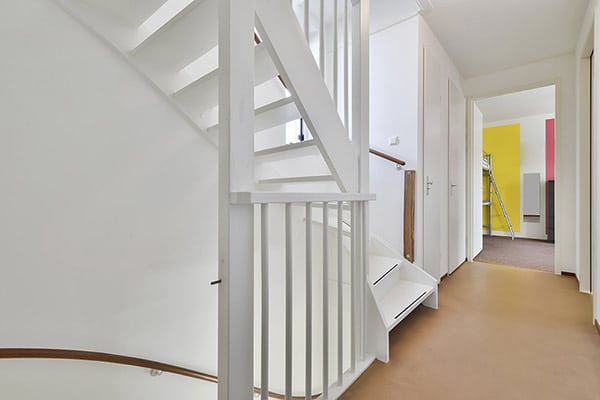Winder staircases are stairs with a turn but no landing. Further down this page you will find information and a variety of recent examples using different finishes and with different specs.
Single & Double Winder Staircase
Why choose a Winder Staircase?
Winder Staircases have steps that continue to rise as you move through the turn, which is why they save space compared to Landing Staircases. Winder steps are winder on the outside of the turn compared to the inside. Building Regulations require a minimum going for each winder step, measured at the center of each step.
This ensures the steps are uniform and makes these staircases easier to use.
Single Winder Staircases
Building regulations allow for a total number of 16 risers if no landing is present.
Single winders ordinarily have one turn of winder steps, usually being 90°.
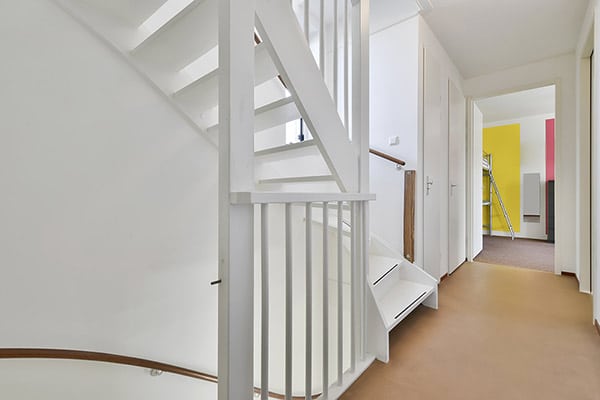
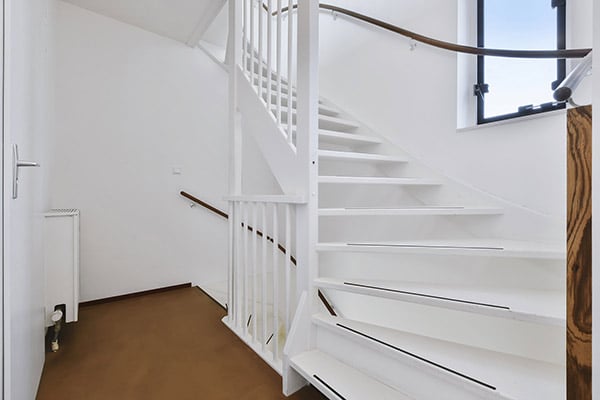
Double Winder Staircases
A Double Winder Staircase can have two individual quarter turns separated by a flight of stairs, or have two quarter turns directly after each other, creating a complete (180°) turn. As with Single Winder Staircases, the maximum number of risers allowed is 16. As a double winder turn usually has 6 risers, this only leaves a few risers allowed either side of the turn.
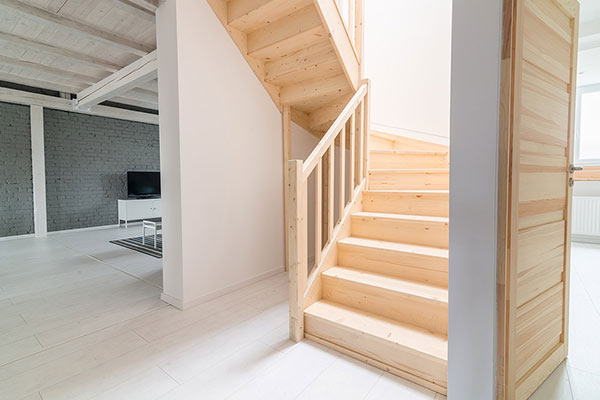
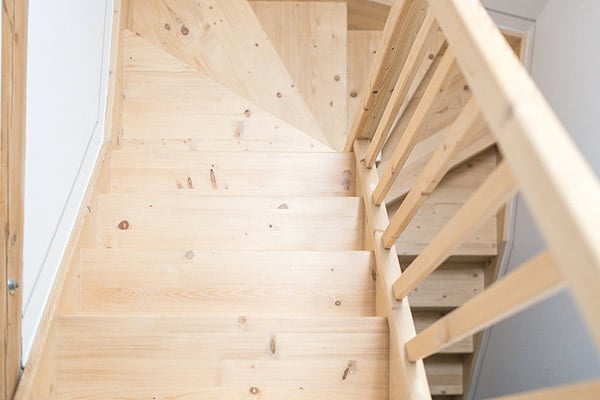
What do you have to measure for a Winder Staircase?
Total Length (A)
The first length that the staircase takes as you measure along the floor. This measurement will go from the start of the stairs to the first coprner, or the whole length along that same edge.
Floor Height (Fh)
This measurement is taken from the top of the finished floor downstairs to the top of the finished floor upstairs.
Width (W)
This measurement is the total width you would like the staircase to be, including the stringers and any newel posts.
Diagram showing floor plan and Elevation of staircase with Floor Height, Total Length and Width
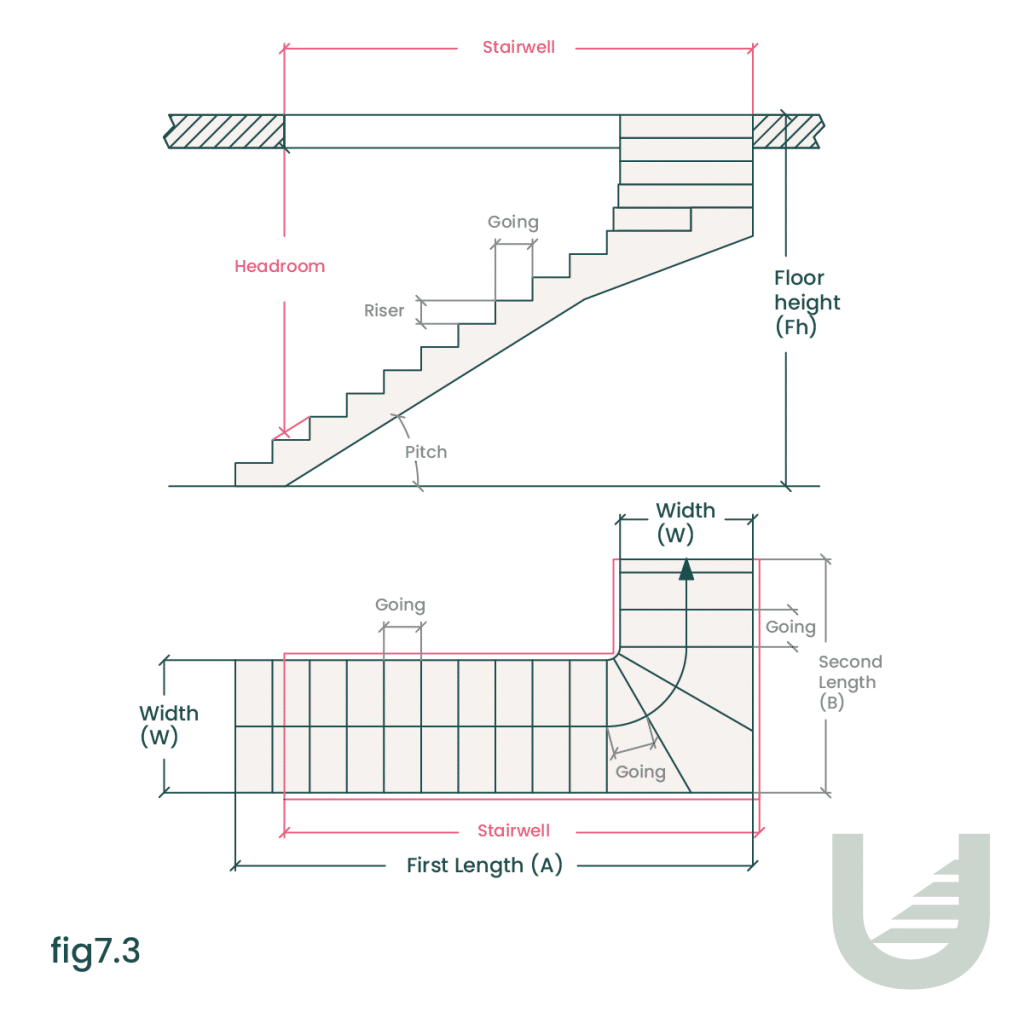
Wondering how to make the staircase your own?
Staircases have the potential to be the highlight of a home. Stairs should have character – take this opportunity for inspiration! The following pictures showcase some recently-fitted staircases.
We recommend embellishing your staircase with handrails, different spindle types, possibly a feature step, such as a bullnose or curtail, and those who are looking for something more ornate might consider a monkey’s tail at the end of the handrail.
Your perfect staircase starts by taking measurements
We’ve simplified the whole process from decision making, ordering and confirmation.
Ready to send in your designs for feedback and a quote?
Our Staircase Designer has been built to give you a visual based on the type of staircase and the measurements you put in. Once submitted, we will have our planning team review the design and come back to you with any suggestions and a quote.
StairID
